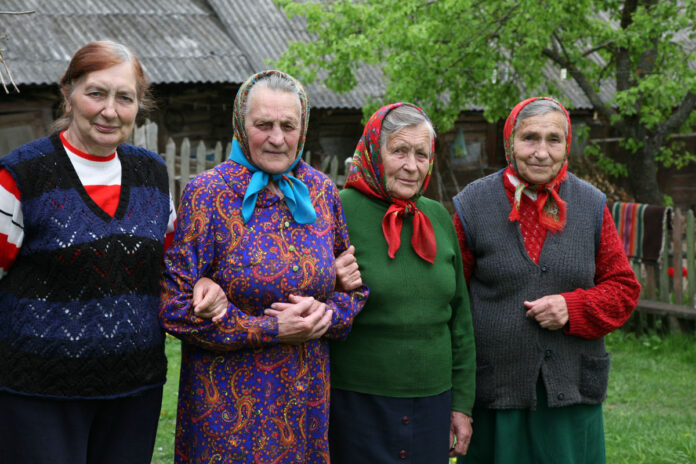
In January of this year, Prof. Juozas Augutis, Dean of Vytautas Magnus University, wrote on alkas.lt about Lithuania’s changing demographics, saying that the from 1991 to 2022 the population fell from 3.7 million to 2.8 million.
This month we read in LRT.lt that there are about 203,000 more women than men in Lithuania. Despite all efforts, male mortality remains extremely high, while women are facing poorer and lonelier life in their old age.
The male-female disproportion can be illustrated in the town of Panevėžys by the choir “Likimai” (Destinies), founded in the late 1980s during Lithuania’s singing revolution, and is still active today. At the best of times, the choir was barely half male. Now the 30-member choir has 6 men, in Lithuania’s fifth-biggest town.
There are more women than men in all of the country’s municipalities, with the sole exception of Kaišiadorys. According to Inga Masiulaitytė-Šukevič, deputy head of the State Data Agency, there are always fewer women than men up to the age of 40, because more boys are born […], but from the age of 40 onwards, the number of women is constantly increasing in proportion to the number of men. Of Lithuania’s 2.8-million population, 1.5 million are women.
In addition to domestic reasons, last year the disproportion grew due to a significant number of Ukrainian refugees. “For the first time in the last 30 years, there was a recorded increase in the population of 54,000 people, and 32,000 of them were women,” said Masiulaitytė-Šukevič.
The longer-term reason is the significantly shorter life expectancy of Lithuanian men: on average, women there live 9 years longer than men.
Daumantas Stumbrys, a demographer at Kaunas-based Vytautas Magnus University, says that the causes of men’s higher mortality in Lithuania are specific to post-Soviet countries.
“Murder, suicide, all kinds of accidents, drownings, frostbite and so on,” Stumbrys lists some of the common causes of death. According to the demographer, tackling the mortality imbalance – lengthening men’s lives – will be a long task. Efforts such as promoting healthier diet, cutting smoking and drinking, increasing physical activity do not produce results immediately. Progress in this regard has also been halted by the pandemic.
Currently, two-thirds of the Lithuanian population aged over 65 are women, and most of them are widows. Social exclusion becomes a problem for them, says Stumbrys. Poverty also affects women more than men. On average, women get lower pensions, because they were paid less when they worked. The gap is approximately 11 percent. In 2021, the at-risk-of-poverty rate for women was almost 22.5 percent, compared to 17 percent for men.
World statistics claim that the population of females in the world is estimated at 3.905 billion, representing 49.58% of the world population. The world has or 65.51 million more males than females.





























